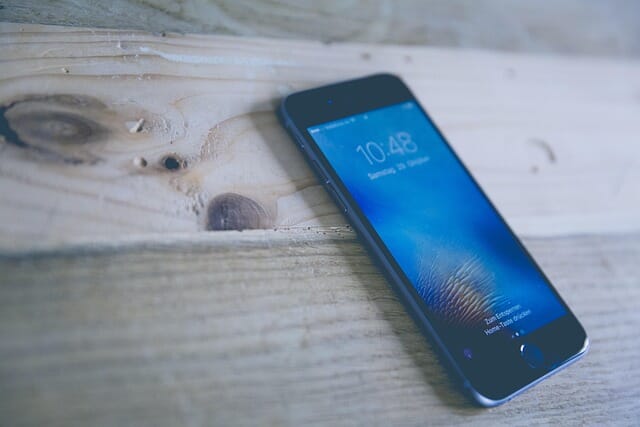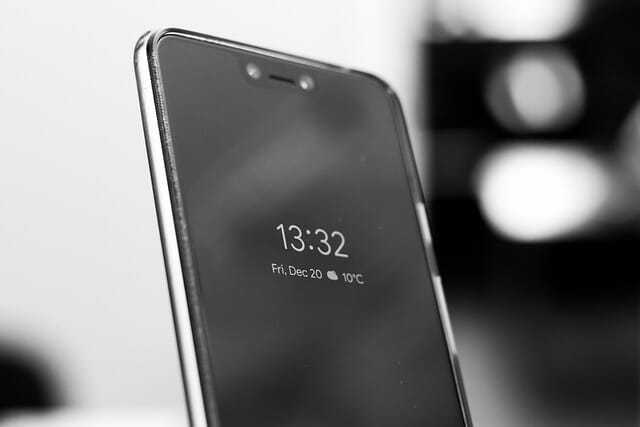
Identify Unknown Callers Like a Pro!
Introduction
In today’s fast-paced digital world, the importance of identifying unknown callers cannot be overstated. Many people have experienced the annoyance of spam calls or even worse, potential scams hiding behind an unknown number. The ability to reveal caller identity can arm you with information that allows you to filter out unwanted communications and maintain your peace of mind. In this comprehensive guide, we will dive deep into everything you need to know about identifying unknown callers like a pro, providing insights on the tools available for spam call lookup and practical tips for discerning who’s really on the other end of the line.
Who Called Me? The Quest for Caller Identification
Understanding who called you is often the first step in managing your phone interactions effectively. When you see an unfamiliar number flash across your screen, it can trigger a variety of emotions—from curiosity to frustration.
What Are Unknown Callers?
Unknown callers refer to any incoming call from a number that isn’t saved in your contacts or is hidden from caller ID. Often, these calls are made by telemarketers or scammers looking to catch you off guard.
Why Identifying Unknown Callers Matters
- Avoiding Scams: Identifying unknown callers can protect you from falling victim to fraud.
- Reducing Stress: Knowing who is calling helps reduce anxiety associated with unexpected calls.
- Improving Communication: You can prioritize important calls over spam.
The Psychology Behind Answering Unknown Calls
Many people feel compelled to answer unknown calls due to the fear of missing important information. This psychological urge can lead to unnecessary anxiety and disturbance in daily life.
Tools and Apps for Identifying Unknown Callers
In our tech-savvy age, there are numerous apps and tools designed specifically for revealing caller identities. Here’s a breakdown of some popular ones:
1. Caller ID Apps
These applications use databases that compile user-reported spam numbers:
- Truecaller
- Mr. Number
- Hiya
Each app has its unique features but generally provides details about incoming calls based on community reports.
2. Spam Call Lookup Services
Services like Whitepages or AnyWho allow users to conduct a quick search based on phone numbers. They provide details such as:
- Name
- Location
- Type (landline or mobile)
Using these services can help reveal more about who called you.
How to Use Caller ID Apps Effectively
Identifying unknown callers requires more than just downloading an app; it involves knowing how to use it efficiently.
Step 1: Download and Install the App
Choose one that fits your needs—Truecaller is excellent for community-driven information, while Mr. Number specializes in blocking spam.
Step 2: Grant Necessary Permissions
Most apps require access to your contacts and call logs, which helps them identify known numbers against their database.
Step 3: Customize Settings for Alerts
Enable alerts so you'll be notified when an unknown number matches something potentially dangerous according to community feedback.

Understanding Caller ID Technology
Caller ID technology has evolved significantly over the years, allowing us better ways to identify unknown callers.
How Does Caller ID Work?
When someone makes a call, their phone sends a signal containing their number (and sometimes name) through the telephone network before connecting with your line.
Limitations of Traditional Caller ID Systems
Traditional systems have limitations—often they won't display names for unlisted numbers or blocked IDs, leaving users guessing about who's calling.
Best Practices for Handling Unknown Calls
Knowing how to handle unexpected calls is crucial in today's environment filled with spam and scams.
1. Don’t Answer Immediately!
If you're uncertain about a number, let it go to voicemail first—this gives you time to consider whether it's worth answering later.
2. Research Before Responding
Use apps or online services like Google Search with phrases like "Who Called Me" along with the phone number in question before deciding Unknown number identification whether to call back.
Creating a Spam Filter System on Your Phone
You can also create a custom filter system right from your device settings:
For iPhone Users:
This setting sends all unidentified numbers directly to voicemail without ringing through.
For Android Users:
This lets you block specific numbers or even categorize them as spam Reverse phone search automatically.
The Importance of Reporting Spam Calls
When users report spam calls, they contribute valuable data that helps improve identification technologies worldwide.
Why Report Spam?
- It protects not only yourself but also others within your community.
- It aids companies in refining their databases and algorithms.
You can report spam through most caller ID apps mentioned earlier or directly through your carrier service provider’s website.
FAQs About Identifying Unknown Callers
Here are some frequently asked questions regarding identifying those mysterious unknown callers:
Q1: What should I do if I accidentally answer a spam call? A1: Hang up immediately and do not engage with the caller further as this may encourage more calls.
Q2: Can I block unwanted numbers permanently? A2: Absolutely! Both iPhones and Android devices offer built-in blocking features that let you permanently prevent certain numbers from contacting you again.
Q3: Is there any cost involved in using caller ID apps? A3: Most basic features are free; however, premium services may have subscription fees depending on additional functionalities offered by each app.
Q4: How accurate are these caller identification apps? A4: While they’re generally reliable due to user-reported data, no system is perfect so always use caution when dealing with unknown contacts regardless of what’s displayed on-screen.
Q5: What if my own number appears as "unknown"? A5: Double-check your privacy settings; sometimes these issues stem from either carrier settings or personal phone configurations preventing proper identification from displaying correctly during outgoing calls.
Q6: Can international numbers be identified? A6: Yes! Many advanced caller ID apps also support international numbers by aggregating global databases which include various country codes.
Conclusion
Identifying unknown callers has become essential in maintaining control over our communication landscape today filled with uncertainties surrounding unsolicited contact attempts. By leveraging technology such as caller ID Phone number database apps combined with proactive strategies like reporting suspicious activity upon receiving those elusive calls—one can truly learn how best navigate through potential minefields posed by telemarketing schemes or fraudulent enterprises aiming solely at exploiting unsuspecting individuals’ trust levels toward genuine outreach efforts! With these skills under your belt, you'll be equipped not just survive but thrive amidst this digital communication jungle—truly learning how best Identify Unknown Callers Like A Pro!